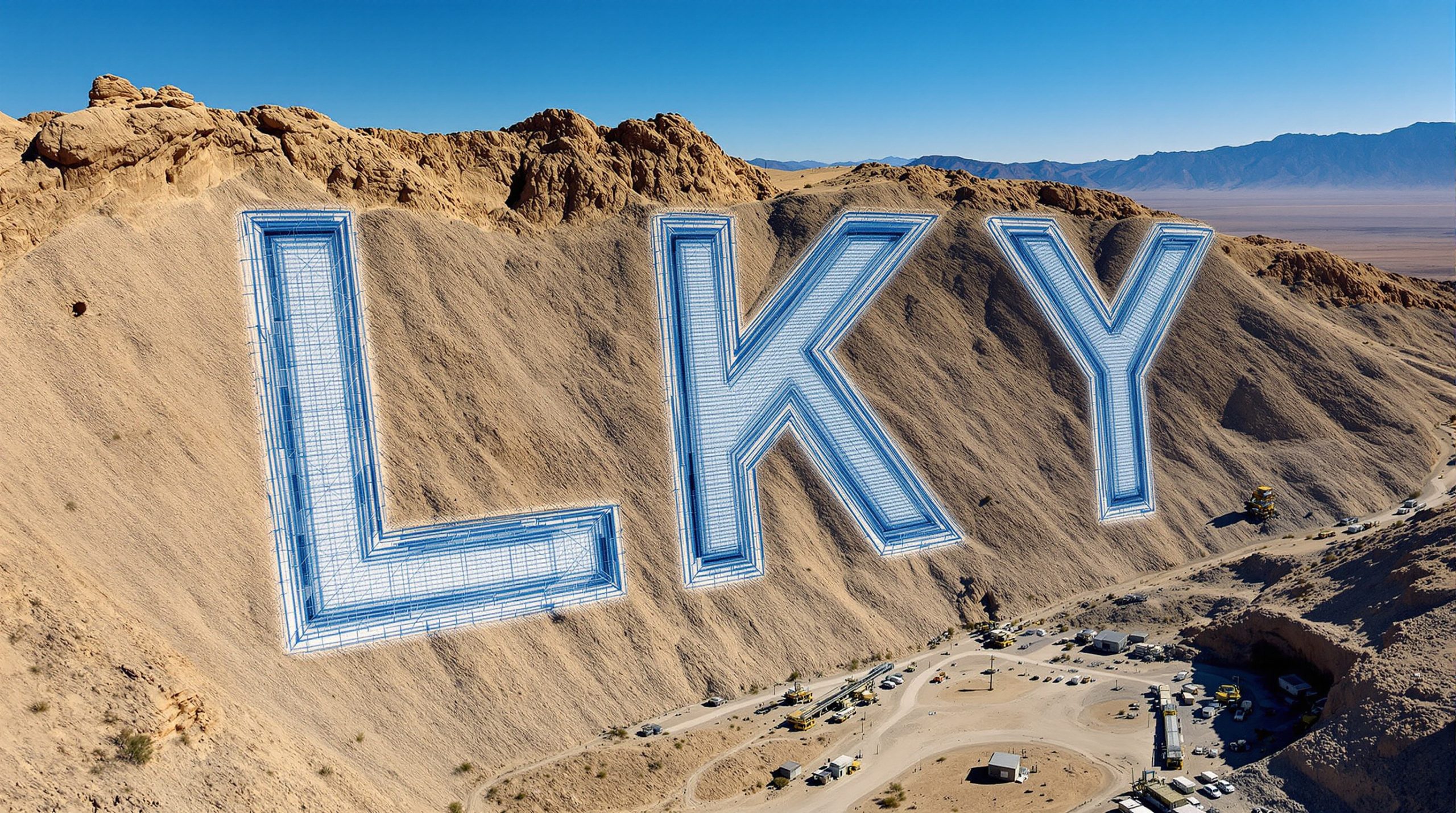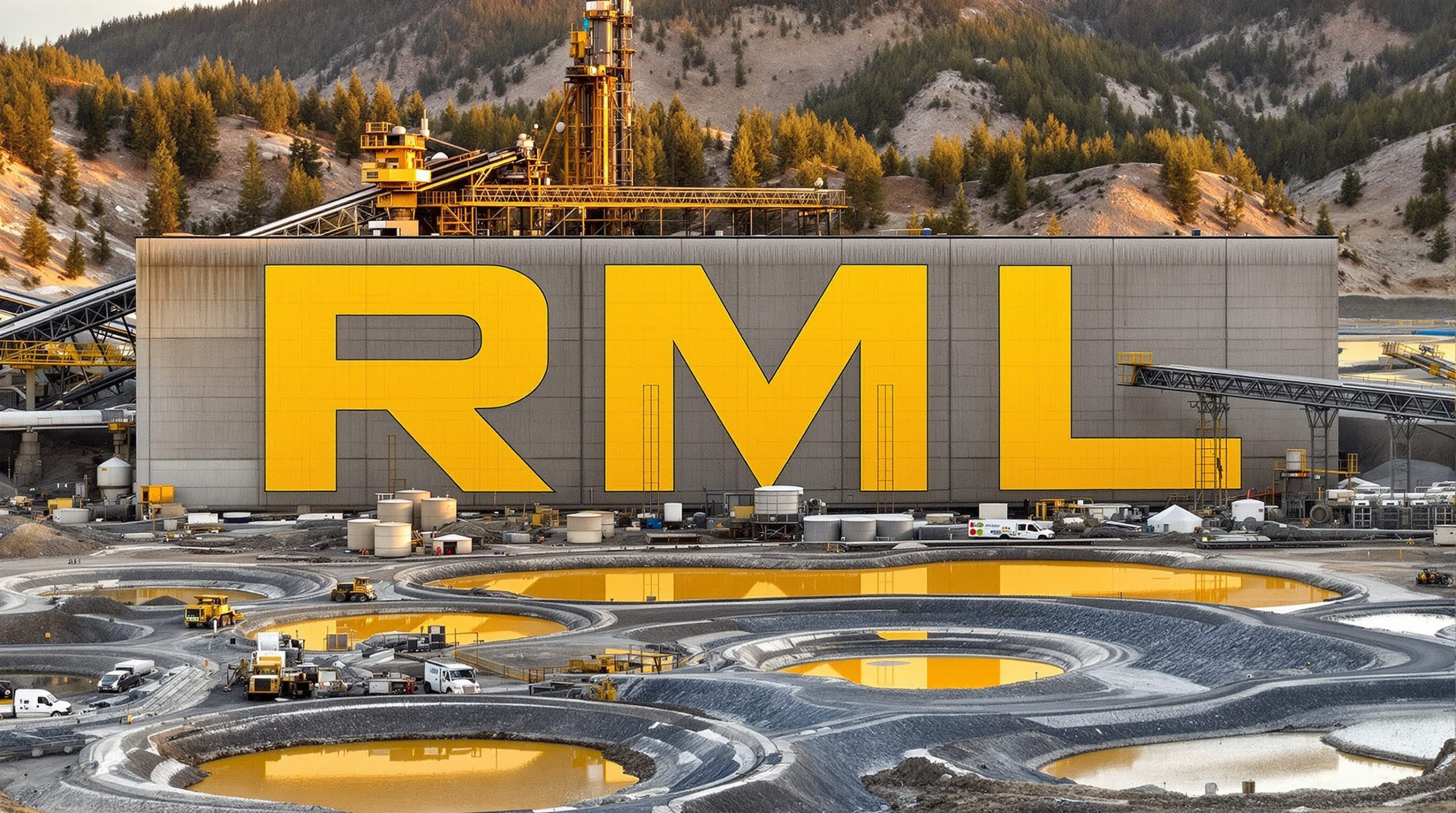Exceptional Results Reveal New Gold System Near Aurora Tank
The initial results from Marmota's maiden drilling program at Greenewood have exceeded expectations, demonstrating significant gold mineralisation in the first batch of assays from the recently completed 146-hole program.
Standout intersections include:
- 24m @ 12 g/t gold from 20m, including 4m @ 38 g/t gold
- 28m @ 5.6 g/t gold from 24m, including 4m @ 29 g/t gold
- 4m @ 10 g/t gold from 20m
- 12m @ 4.1 g/t gold from 60m, including 4m @ 10 g/t gold
These results are particularly significant given Greenewood's strategic location just 35km northwest of Marmota's flagship Aurora Tank gold deposit and approximately 30km northeast of the million-ounce Challenger Gold mine.
Strategic Positioning Along the Emerging Gawler Gold Belt
Greenewood represents a critical piece in Marmota's expanding Gawler Craton Gold Project. The company now controls every unmined gold deposit within a 10,000m² area of the Gawler Craton, along what it terms the "Arc of Six" gold deposits.
"Marmota is delighted with the first batch of Greenewood assays already arriving that are yielding stunning thick gold intersections, so close to surface," said Dr. Colin Rose, Marmota's Chairman. "The results already exceed our expectations, and with 52 holes still incoming."
The "Arc of Six" gold deposits include:
- The Challenger mine (produced over 1 million ounces)
- Mainwood
- Greenewood
- Campfire Bore
- Golf Bore
- Aurora Tank
Marmota owns all five of the unmined gold deposits in this arc, either at 100% or 90% ownership.
Understanding the Significance of Near-Surface Gold
For investors new to gold exploration, near-surface gold deposits are particularly valuable as they typically require less capital to develop and mine compared to deeper deposits. When gold is found close to the surface (as in these results showing gold from just 20m depth), it often means:
- Lower stripping ratios: Less waste material to remove
- Reduced mining costs: Shallower ore requires less energy and equipment to extract
- Faster path to production: Development timelines can be shorter
- Potential for open-pit mining: Rather than more expensive underground operations
The thickness and grade of these intersections (such as 24m @ 12 g/t) are considered exceptional by industry standards, particularly for near-surface discoveries.
What Makes a Good Gold Intersection?
Gold grades are typically measured in grams per tonne (g/t). For context:
- 1-2 g/t gold: Considered economical in many large-scale, open-pit operations
- 5-10 g/t gold: Regarded as high-grade for open-pit mining
-
10 g/t gold: Exceptional grade that can significantly enhance project economics
When evaluating gold drill results, investors should consider both grade (g/t) and width (metres). Marmota's results feature both high grades (up to 38 g/t) and substantial widths (up to 28m), which is a promising combination that suggests potential for economic extraction.
New Paradigm for Greenewood Growth
According to Marmota, Greenewood represents a 500-meter-long zone of near-continuous mineralisation that had only brief exploration by previous owners. The recent drilling validated concepts identified in a review authored by Dr. Kevin Wills, which had identified numerous open sections and possibilities for significant extensions.
The company notes that this first batch of results has "already identified numerous high-grade shoots, some with considerable length, far exceeding the best results from the initial discovery." This represents what Marmota calls "a new paradigm for Greenewood" with further results still pending.
Upcoming Catalysts and Next Steps
With assay results from 52 holes still forthcoming (expected in early October), Marmota is positioned for potential further positive news flow in the near term. The company has collected all 4m composite samples, and once all results are received, will collect 1m samples for more detailed geochemistry.
The drilling program at Greenewood was substantial, consisting of:
- 146 RC holes
- 15,480m total drilling
- Average hole depths of ~106m
Investment Thesis: Strategic Asset with Scale Potential
Marmota's Greenewood project presents a compelling investment case for several reasons:
-
Strategic Location: Part of Marmota's consolidated land package in the Gawler Craton, creating obvious economies of scale with its flagship Aurora Tank project just 35km away
-
High-Grade, Near-Surface Gold: The exceptional grades and thicknesses close to surface suggest potential for low-cost mining operations
-
Unexplored Potential: With only 7,000 meters of RC drilling since discovery prior to Marmota's program, and no drilling since 2018, Greenewood offers substantial exploration upside
-
Regional Consolidation: As owner of all five unmined gold deposits in the "Arc of Six," Marmota has established a dominant position in this emerging gold belt
-
Multiple Near-Term Catalysts: With 52 holes still pending results, investors can expect continued news flow
Technical Context: The Gawler Craton Gold Province
The Gawler Craton is a stable geological block in South Australia that hosts several significant gold deposits. Gold mineralisation in this region is often associated with the Christie Domain of the western Gawler Craton, which is largely underlain by late Archaean Mulgathing Complex.
This geological setting comprises meta-sedimentary successions interlayered with Banded Iron Formations (BIF), chert, carbonates and calc-silicates. Marmota is targeting Challenger-style Late Archaean gold mineralisation, referring to the deposit style found at the million-ounce Challenger Gold mine nearby.
Understanding this geological context helps explain why Marmota's regional consolidation strategy makes sense. By controlling multiple deposits with similar geological characteristics in proximity to each other, the company may be able to develop these assets more efficiently than if they were owned by separate entities.
Why Investors Should Follow Marmota
Marmota's strategic consolidation of gold assets in the Gawler Craton positions it as a key player in this emerging gold region. With multiple high-grade discoveries at Aurora Tank, Campfire Bore, and now Greenewood, the company is systematically building a portfolio of complementary gold assets with development potential.
The exceptional first batch of results from Greenewood demonstrates not only the quality of the mineralisation but also validates the company's targeted exploration approach. With multiple results still pending and further gold updates on the way, Marmota offers investors exposure to an active explorer with significant near-term catalysts.
For investors seeking exposure to gold exploration in a stable jurisdiction with high-grade results, Marmota's consolidated position in the Gawler Craton Gold Project presents a compelling opportunity to monitor as further results become available.
Interested in Marmota's Emerging Gold Story?
Ready to explore this exciting investment opportunity in the Gawler Craton gold belt? Visit Marmota's website today to learn more about their exceptional Greenewood drilling results and strategic gold project portfolio. With high-grade intersections, near-surface mineralisation, and a dominant position across the "Arc of Six" gold deposits, Marmota offers significant potential for investors seeking exposure to gold exploration in a stable jurisdiction.




